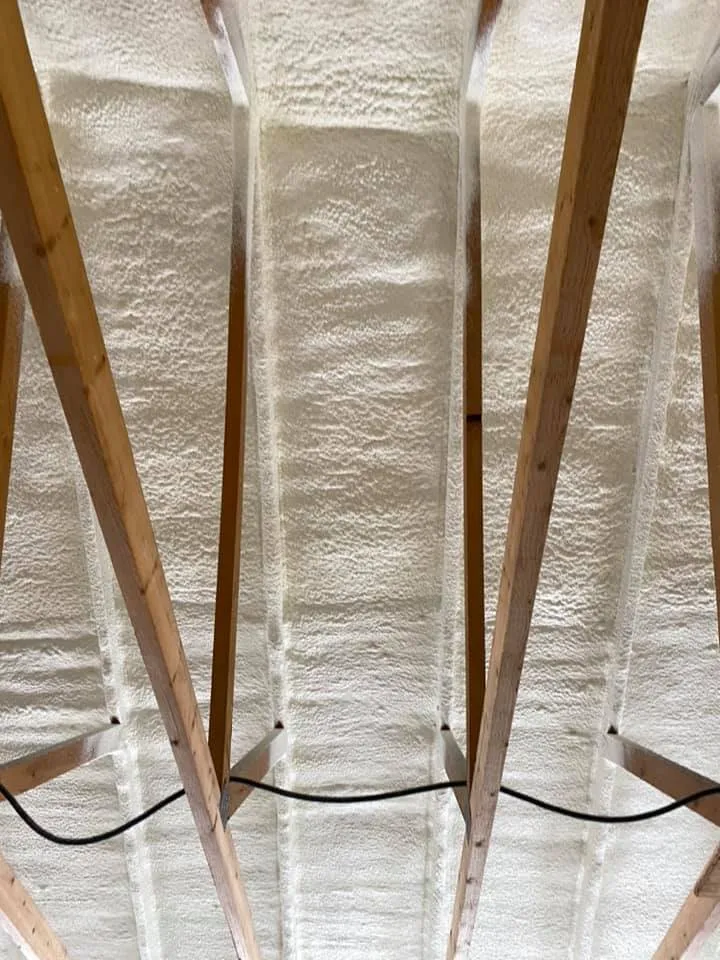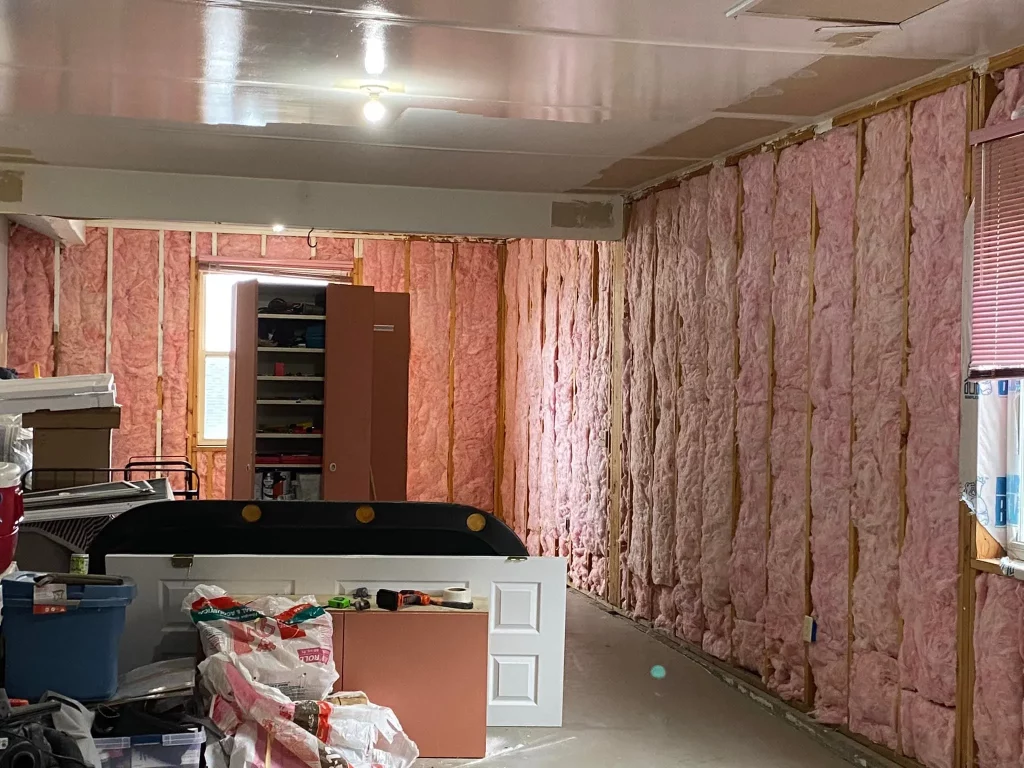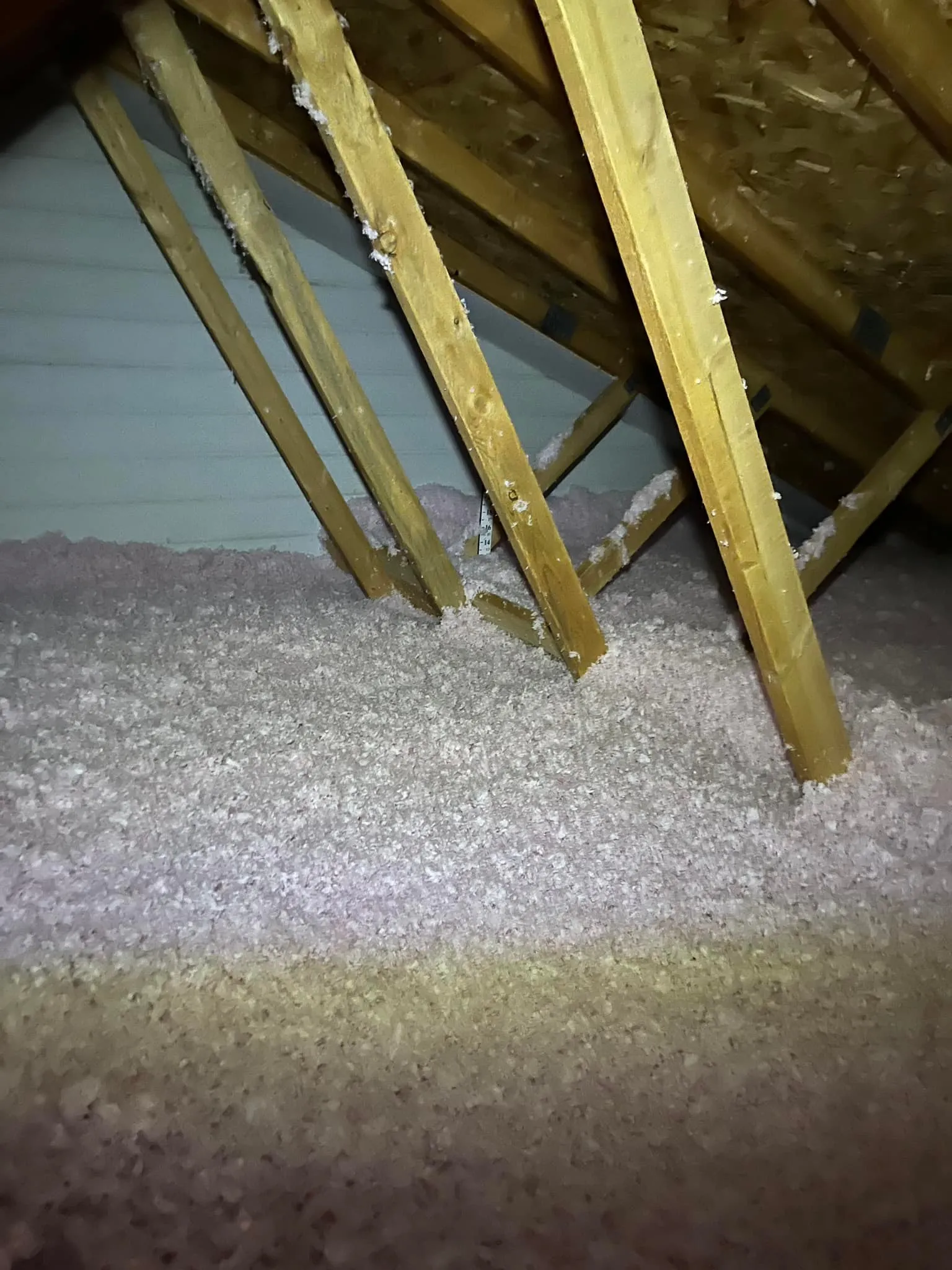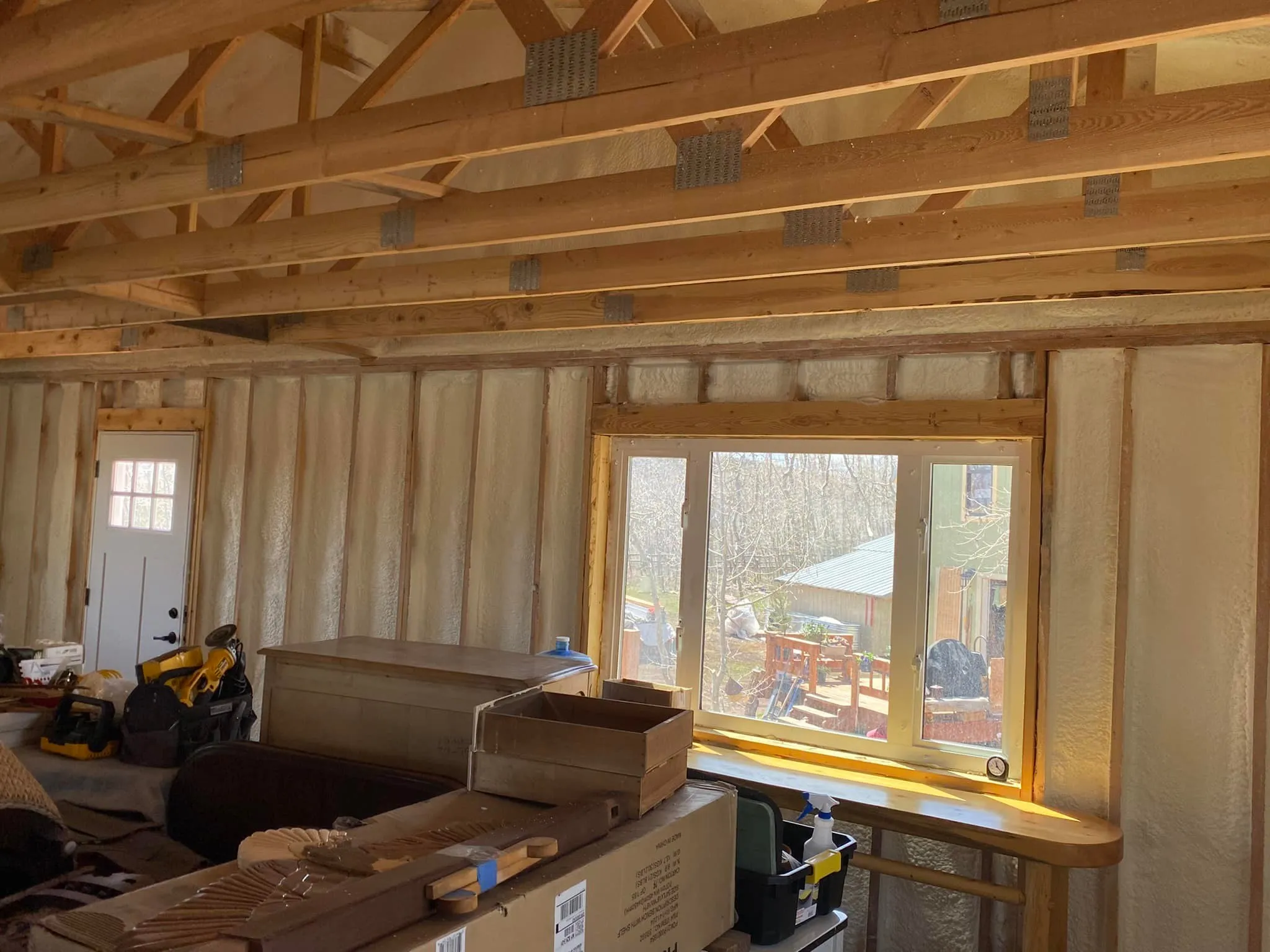

Open-cell spray foam stands out from traditional insulation options like fiberglass batts or cellulose by expanding to fill gaps and create a tight air seal. This material offers superior air leakage reduction, which cuts energy loss by up to 50% in homes with drafty attics or walls, according to data from the U.S. Department of Energy. Traditional methods, while effective for basic thermal resistance, often leave air paths that reduce overall efficiency. The key advantage lies in open-cell foam’s ability to combine insulation with moisture management and sound dampening without adding much weight.
This comparison breaks down the differences in performance, installation, and long-term benefits. Readers will gain clear insights into when each type fits specific home setups. Information here draws from hands-on work with insulation projects across varied climates, including cold Wyoming winters where air sealing proves essential for comfort and lower bills.
Open-cell spray foam consists of two components mixed on-site: a resin and a foaming agent. Workers apply it as a liquid that expands into a soft, sponge-like material. This foam traps air pockets, providing an R-value around 3.5 to 3.8 per inch. In practice, installers see it adhere to irregular surfaces like wiring or plumbing, blocking air movement that traditional rolls might miss.
During application, the foam cures quickly and releases no harsh odors if done right. Homeowners notice less dust compared to blown-in options. In humid areas, open-cell foam allows vapor to pass through, reducing mold risks in walls. From field experience, test small areas first in older homes to check for any reaction with existing materials.
Traditional insulation includes fiberglass batts, rigid foam boards, and loose-fill cellulose. Fiberglass comes in rolls or panels that fit between studs, offering R-values from 2.9 to 3.8 per inch. Cellulose, made from recycled paper, packs into cavities for similar thermal performance but settles over time.
These materials install with basic tools like a staple gun or blower. They cost less upfront and suit DIY projects. However, gaps around edges can let air seep in, especially in uneven framing. In dry climates, cellulose holds up well, but wet conditions demand extra vapor barriers.
Open-cell spray foam excels in air sealing, which traditional insulation struggles to match without added tapes or caulk. A study from the Oak Ridge National Laboratory reports that spray foam reduces air infiltration by 75% more than batts alone. This leads to even temperatures and less strain on HVAC systems.
Traditional options provide solid thermal barriers but falter on sound control. Open-cell foam absorbs noise better due to its flexible structure, ideal for homes near roads. Market data shows the U.S. insulation industry grew to $14 billion in 2022, with spray foam gaining 15% market share for its efficiency gains, per Statista reports.
For energy savings, open-cell foam in attics can lower heating costs by 10-20% in cold regions. Traditional fiberglass achieves half that unless perfectly installed. Here’s a side-by-side look:
| Aspect | Open-Cell Spray Foam | Traditional Insulation (Fiberglass/Cellulose) |
|---|---|---|
| R-Value per Inch | 3.5-3.8 | 2.9-3.8 (batts), 3.2-3.8 (cellulose) |
| Air Sealing | Excellent (expands to fill gaps) | Fair (requires sealing) |
| Moisture Handling | Vapor permeable, low mold risk | Needs barriers, can trap moisture |
| Sound Absorption | High | Moderate |
| Weight | Light (0.5-0.8 lbs/ft³) | Heavier (1-2 lbs/ft³ for cellulose) |
| Cost per Sq Ft | $1.50-$3.00 | $0.50-$1.50 |
This table highlights where each shines. Open-cell suits sealed spaces; traditional works for budget retrofits. In mountain areas like the Rockies, consider pairing open-cell with ridge vents to handle winter moisture buildup.
Beyond these performance aspects, spray foam requires professional equipment and training to avoid over-expansion or voids. Applicators wear protective gear due to the chemicals involved. The process takes one day for a standard home but demands prep like covering windows. Once set, it lasts decades without sagging.
Traditional insulation fits easily into new construction. Homeowners slide batts into place or rent a blower for attics. Errors like compression reduce effectiveness, but fixes involve simple pull-outs. In hot summers, cellulose installers note faster drying than foam cures.
Regional note: Wyoming’s variable weather, from -20°F winters to 90°F summers, favors spray foam for its consistent seal against wind-driven snow. Traditional methods need frequent checks in such extremes.
Over time, open-cell foam maintains shape and resists pests better than cellulose, which attracts insects if untreated. It also improves indoor air quality by limiting allergen entry. Drawbacks include higher initial costs and the need for pros, unlike DIY traditional installs.
Traditional insulation degrades slower in dry spots but compresses under weight. Market facts indicate spray foam homes sell 5% faster due to energy certifications, based on a National Association of Realtors survey. One practical note: Monitor attic humidity post-install; open-cell handles it, but add fans if levels exceed 60%.
Assess home age and layout first. Older houses with asbestos benefit from spray foam’s encapsulation without removal. Check local codes; some areas mandate R-49 attics, where foam stacks efficiently.
Budget plays a role: traditional saves money short-term, but foam pays back in 5-7 years via utility cuts. Evaluate climate—cold zones prioritize sealing, mild areas focus on cost. Inspect for moisture issues; open-cell avoids trapped dampness. Finally, weigh environmental impact: both use recycled content, but foam’s longevity reduces replacements.
Energy audits reveal leaks; fix them before choosing. Consult pros for quotes to compare total costs, including labor.

Many wonder about curing times. Open-cell foam hardens in hours, ready for drywall the next day. Traditional batts install instantly.
Others ask about allergies. Spray foam off-gases minimally after curing, while fiberglass fibers irritate skin during handling. Cellulose poses fewer issues if treated.
Fire safety concerns arise too. Open-cell needs ignition barriers like drywall; traditional fiberglass resists flames naturally.
It performs well in mixed climates like the Midwest, where vapor permeability prevents condensation. In very humid South, closed-cell might pair better, but open-cell suits with proper ventilation.
Prep takes a day, spraying another, but families can stay during if areas seal off. Traditional DIY causes less mess overall.
Removal involves cutting drywall and scraping, a big job. Traditional pulls out easier for upgrades.
It uses fewer materials long-term and seals efficiently, cutting emissions. Traditional cellulose scores high on recyclability.
DOE recommends R-38 to R-60 for attics based on zone. Foam achieves this in thinner layers than batts.
Open-cell spray foam edges out traditional insulation in air sealing and comfort, especially in drafty or noisy homes. Traditional options keep costs low for basic needs. Weigh factors like budget and climate to pick the right fit. Evaluate specific home conditions, energy use, and future plans to decide.
Homeowners facing insulation choices often need tailored advice to match their setup. High Country Solutions offers consultations based on detailed assessments. Reach out via email at [email protected] or call (307) 248-9063 to discuss options without commitment. This step clarifies advantages for individual situations and ensures informed choices. (78 words)


